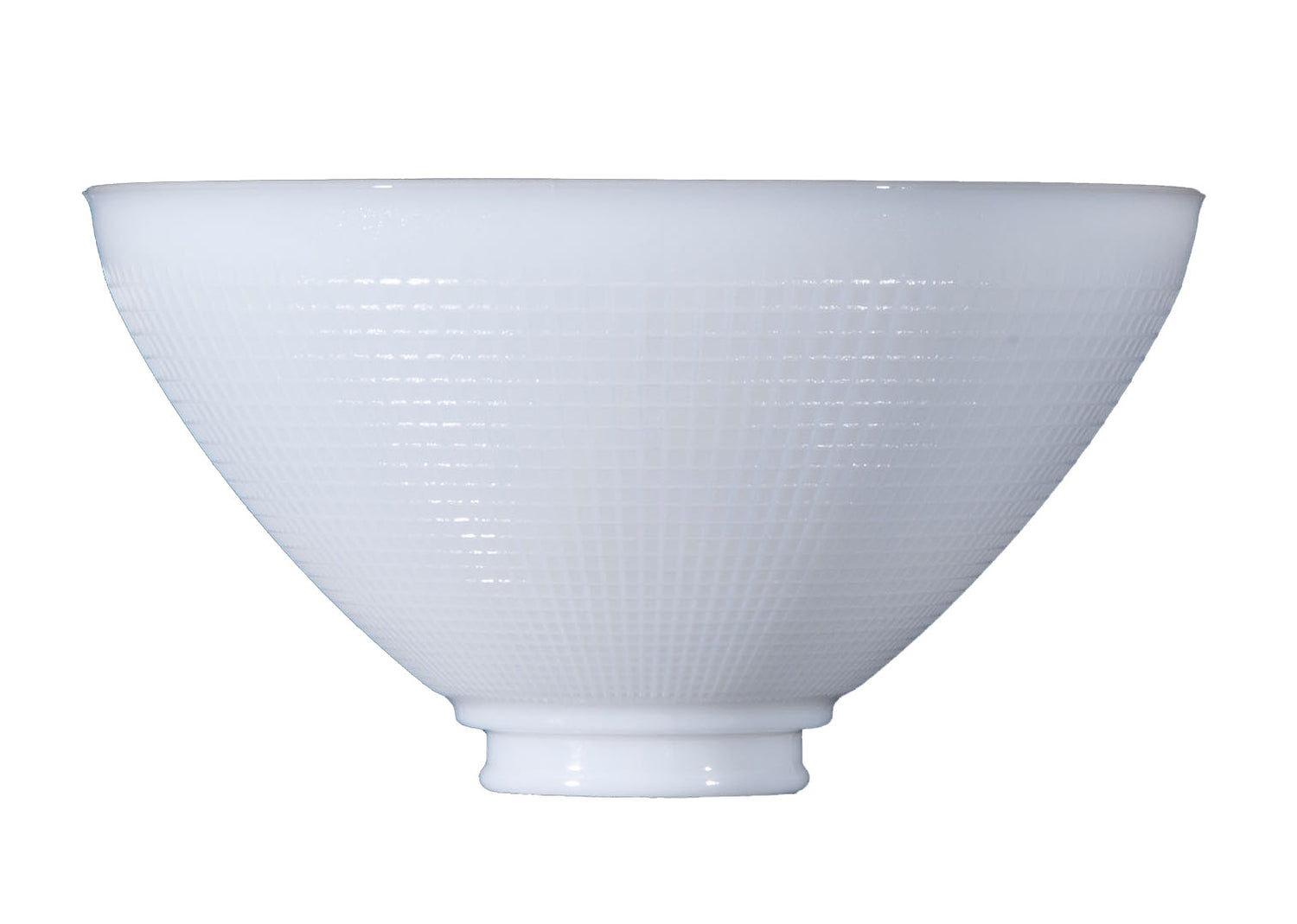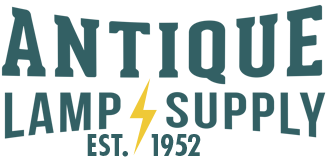Electrical Lamp Hardware Glossary
Whether you're refurbishing an old electrical lamp or building one from scratch, it can be difficult to distinguish one component from another. Many devices and fittings must work together so that we may enjoy electric light in our homes. Get a head start in your search for hardware by referring to our electrical lamp hardware glossary.
3-Way Switch: An electric switch that has three terminals, which are used to control a circuit from two separate locations.
Ballast: An electrical device that is used to regulate the current in the electrical circuit of an HID or a fluorescent lighting system. The ballast supplies sufficient voltage to operate a lamp but then rapidly reduces the current to produce enough electricity to serve as a stable light source.
Base: The bottom support of an electrical floor or table lamp. Most lamps and fixtures are only compatible if the lamp base matches the socket of the fixture.
Bulb: A glass bulb that is inserted into a lamp or a socket in the ceiling so that it can pass an electric current through the filament or a pocket of inert gas.
Canopy: A cover or plate that is used to cover the ceiling box of an installed light fixture. Canopies often have decorative features to enhance the lamp design.
Cluster Body: A central fixture that is used as a wire junction box for chandeliers or large table lamps.
Cord: An electrical cable of wires that is designed to transmit electricity from a wall socket to the light fixture.
Cord Bushing: A small insulation device that is used to protect wires and any surfaces that they pass through.
Dimmer: A device that is connected to a lamp so that it can regulate the lighting output by controlling the power supply. Dimmer switches can be used to save energy or create mood lighting in a particular room.
Filament: The conducting wire or thread found inside of an electric bulb. A filament is typically made of carbon, tantalum, or tungsten and is heated or made incandescent by an electric current.
Finial: A decorative fitting that is used to affix the shade to a light fixture or the lamp harp.
Harp: A lamp component to which the shade is usually attached. Variations include clip-on, spider, slip UNO, threaded UNO, and reflector bowl spider harps. Otherwise known as a fitter.
Heat Sink: A component that is used to dissipate heat and maximize the amount of surface area in contact with the air.
Insulator: A round collar or sleeve that fits into the shell of a lamp socket's interior to prevent short-circuiting. Otherwise known as an insulating sleeve.
Leads: The electrical cable(s) or insulated wire(s) that attach to a luminaire and terminate to a connector for the purpose of creating an electrical connection to another light fixture.
Occupancy Sensor: A device that uses sound and infrared or ultrasonic radiation to detect human presence and regulate light accordingly. Otherwise known as a motion sensor.
Plug: A device that is physically built into a lamp cord for the purpose of creating an electrical connection.
Polarized Plug: A plug with one blade that is wider than the other to help prevent electricity from leaking out of the wiring to the metal parts of the light fixture.
Pull Chain: A switch that is activated by means of a chain or string.
Reflector: An internal lamp or luminaire component that has a reflective surface and is specially designed to concentrate light output in a specific direction.
Shade: A cover for a lamp that is used to diffuse light or cast it in a certain direction.
Shade Holder: A device that is used to safely support lampshades made of glass and other fragile materials.
Socket: A device that is designed to hold and connect an electric light bulb to the circuit wires of a lamp.
Spade Terminal: A type of female wire terminal that is crimped or soldered to the lamp wire for electrical connection.
Strain Relief: An item that is mounted to a lamp or luminaire so that it can maintain the cable assembly and reduce the risk of fire, electrocution, or the wires being accidentally yanked.
Switch: A device that is mounted on the socket, base, or cord and used to operate an electric lamp. Variations include rotary, push-button, turn-knob, canopy, pull-chain, or toggle switches.
UL Knot: Otherwise known as an Underwriter's Knot, a type of two-strand wall knot that provides strain relief to the screw terminal connections. A UL knot is tied to a lamp cord at the point where it joins the plug or socket.
Please don't hesitate to contact Antique Lamp Supply with any questions about this electrical lamp glossary. A friendly and experienced antique lamp specialist is here to help you find the components and fittings you need.

